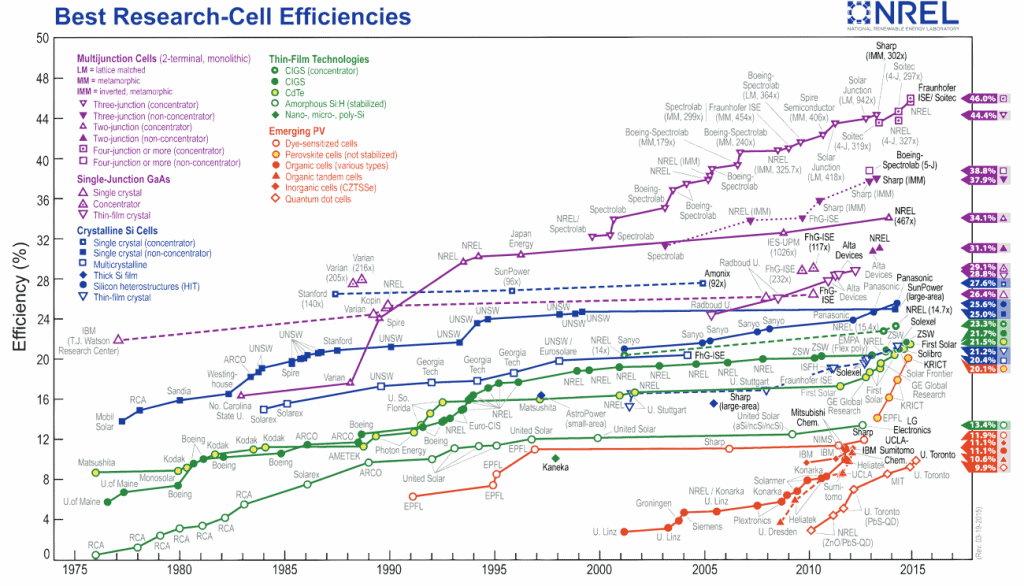A massive study conducted by the Massachusetts Institute of Technology concluded that solar has the most chances to meet our planet’s long term energy demands, while also reducing greenhouse emissions. However, governments should be more supportive of the industry’s development.
According to the researchers, the primary goal of the US policy should be to promote and encourage a massive scale-up of solar generation over the next few decades.
“What the study shows is that our focus needs to shift toward new technologies and policies that have the potential to make solar a compelling economic option,” said Richard Schmalensee, a Professor Emeritus of Economics and Management at the MIT Sloan School of Management.
The study focused on three challenges: the development of new solar technologies, the integration of solar generation at large scale and the design of efficient policies to back these developments up. They found that even with the potential and infrastructure to grow into a global industry, solar still emits very low amounts of carbon, which makes it an ideal long-term candidate, along with other advantages to solar.
“As a consequence, massive expansion of global solar-generating capacity to multi-terawatt scale is a very likely and essential component of a workable strategy to mitigate climate change risk.”
In terms of what type of solar infrastructure they recommend, crystalline silicon dominates today’s PV landscape and will continue to be the leading deployed PV technology for at least the next decade. Some new thin-film technologies, made by depositing one or more thin layers, or thin films of photovoltaic could also save a lot of money.
“Massive expansion of solar generation worldwide by mid-century is likely a necessary component of any serious strategy to mitigate climate change,” the study concluded. “Fortunately, the solar resource dwarfs current and projected future electricity demand. In recent years, solar costs have fallen substantially and installed capacity has grown very rapidly.”
All in all, solar seems to be the way to go – now we just have to support it. Not convinced? Check out some facts about solar energy compiled by ZME Science, if you’re not convinced.










